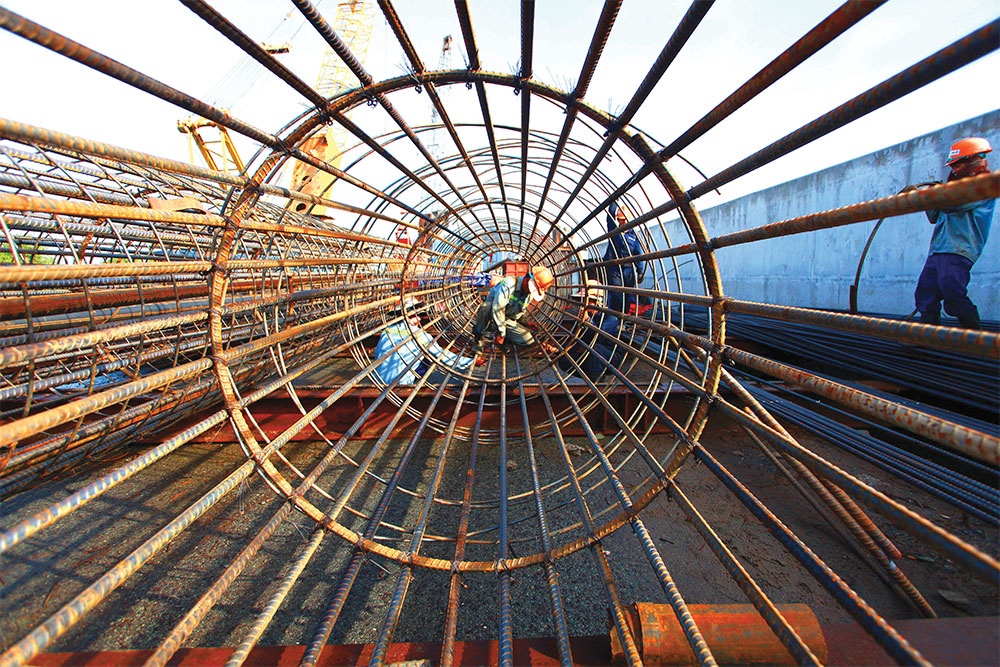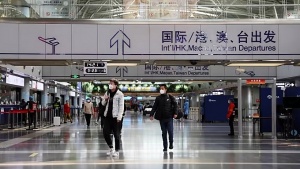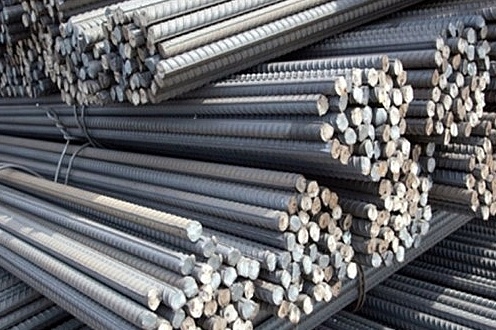Vietnam’s infrastructure luring Chinese investment
 |
| Vietnam’s infrastructure luring Chinese investment, illustration photo/ Le Toan |
China Pacific Construction will soon establish a representative office in Vietnam to explore investment potential in the transport infrastructure sector, said Jiehe Yan, president of China Pacific Construction Group, last month.
Dr. Jonathan Choi, chairman of the Chinese General Chamber of Commerce, was in Vietnam one month ago to encourage capital investments in the infrastructure and regional economy, commerce, services, and industrial sectors. He said that Vietnam is an “interesting centre of attraction” for Chinese investors.
Hong Kong is also an essential gateway for Chinese corporations to invest in Vietnam. According to the Ministry of Planning and Investment, as of January 20, Hong Kong was the fifth-biggest economic partner of Vietnam, following South Korea, Singapore, Japan, and Taiwan, with nearly 2,180 investment projects totalling $29.6 billion in investment capital.
When Vietnam recognises infrastructure development, including transport infrastructure, as one of three strategic breakthroughs, it will provide new long-term driving factors for foreign investment. The Vietnamese government is now undertaking its plan to construct an additional 3,000km of motorways by 2025 and 5,000km by 2030. According to the Ministry of Transport, Vietnam has barely constructed more than 1,000km of roadways during the previous two decades.
Chinese investors who went directly to Vietnam to encourage investment employed a strategy that was prevalent several years before the emergence of the pandemic. A number of experts believe this strategy will have a long-term influence on Vietnam’s infrastructure.
Chinese investment in Vietnam increased at a compound annual rate of 17 per cent between 2015 and 2022. Despite strict lockdowns, investment flow continues as several important projects from China, Taiwan, and Hong Kong have extended or boosted cash to improve output in Vietnam.
As of January 20, the number of foreign-invested projects in Vietnam continued to rise, and China retained its position as the sixth-largest investor in Vietnam, registered at $23.6 billion.
Despite difficulties, Chinese groups still have the potential to invest in Vietnam’s transport infrastructure. Vietnam is mobilising funding sources for road network investment of about $17.06 billion to 2025 and $14 billion during 2026-2030, including cash for transitional projects over the next few years.
 | China’s re-opening to impact Vietnam China’s re-opening will boost Vietnam’s economy in tourism, exports and foreign direct investment (FDI). |
 | Businesses exporting medicinal herbs to China required to register Vietnamese businesses which want to export medicinal herbs to China must submit information about growing areas and packaging establishments to the provincial Departments of Agriculture and Rural Development. |
 | Vietnam upholds antidumping tariff on Chinese steel imports Chinese cold-rolled steel products are subjected to anti-dumping tax rates ranging between 4.42 and 25.22 per cent, depending on the exporter. |
What the stars mean:
★ Poor ★ ★ Promising ★★★ Good ★★★★ Very good ★★★★★ Exceptional
Related Contents
Latest News
More News
- Global partnerships key to Vietnam’s IFC development (December 26, 2025 | 16:18)
- Vingroup pulls out of bid to invest in North-South high-speed railway (December 26, 2025 | 11:42)
- Strengthening supply chains through trade promotions and customs reform (December 24, 2025 | 14:00)
- PM orders investment model for North–South high-speed rail (December 22, 2025 | 17:43)
- LS Eco Energy to invest in Vietnam rare earth sector (December 22, 2025 | 17:31)
- Government moves to establish International Financial Centre (December 21, 2025 | 21:00)
- Vietnam's IFC to target global investment flows (December 21, 2025 | 18:00)
- Two national hospitals expand capacity with new facilities (December 20, 2025 | 09:00)
- Ha Tinh breaks ground on major Vingroup industrial and energy projects (December 19, 2025 | 18:24)
- EVN launches major power infrastructure projects nationwide (December 19, 2025 | 18:17)

 Tag:
Tag:





















 Mobile Version
Mobile Version